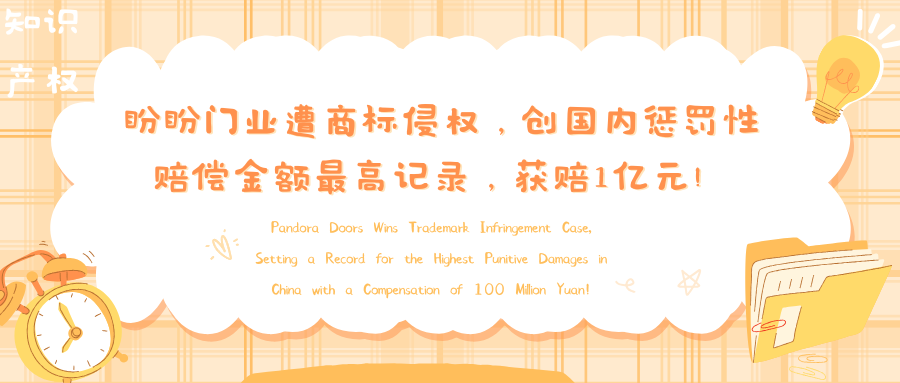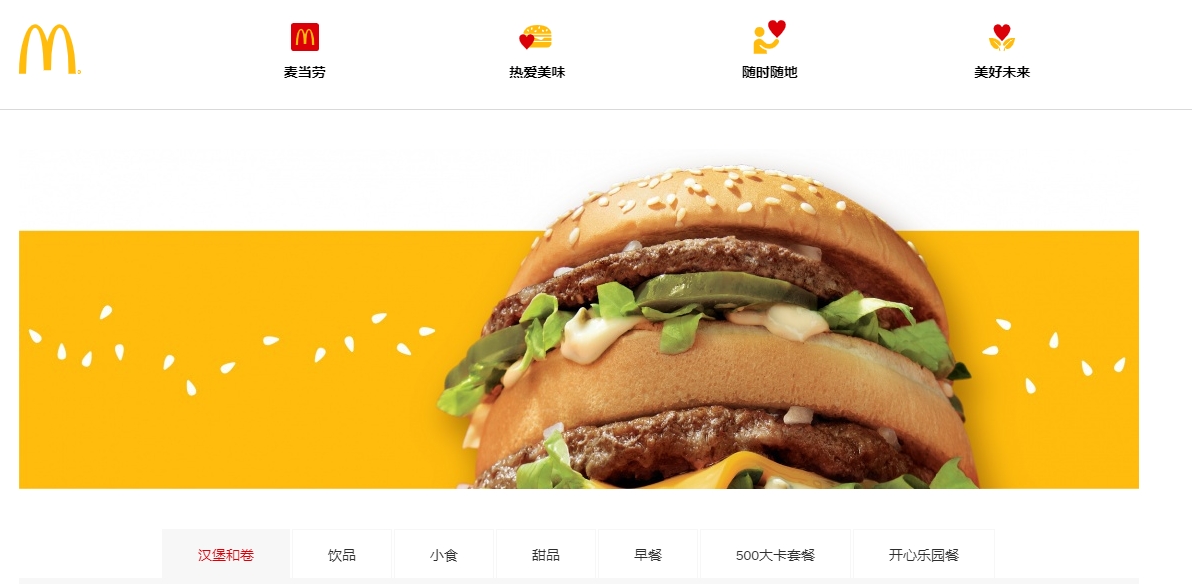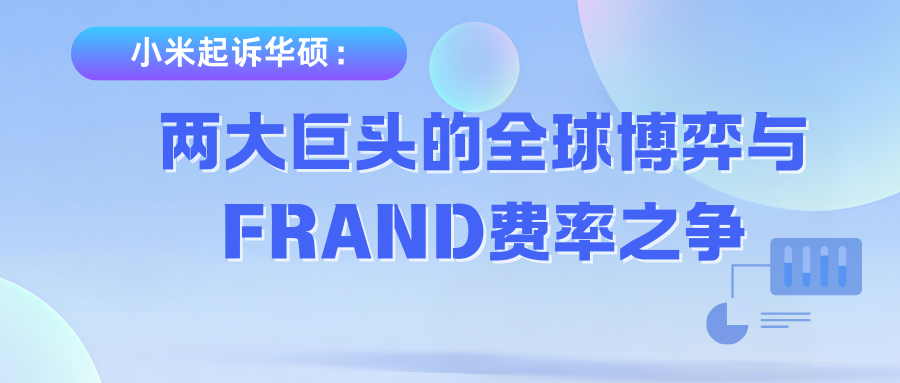01
Pandora Doors suffers from trademark infringement and is awarded a compensation of 100 million yuan!

Every creative idea of yours is worth millions, but do you truly know how to protect it? Test Instructions Intellectual property (IP) has long permeated every aspect of our lives, yet 90% of infringements stem from "I didn't know this was an infringement." These 10 questions cover high-frequency scenarios in work and daily life. After completing the test, you will gain: The ability to identify everyday infringement risks The fundamental logic for protecting creative assets Practical methodologies for IP protection or avoiding pitfalls Test Begins (Scoring Rules: A = 0 points, B = 1 point, C = 2 points) Q1: Designer Xiao Li uses a certain font to design a commercial poster. Which option is absolutely safe? A. Using pre-installed fonts on the computer directly B. Downloading fonts marked as "free for commercial use" C. Using fonts after slightly modifying the lines Explanation Choose B! System fonts like Microsoft YaHei require authorization for commercial use, and modifying fonts can still constitute infringement (see the "Founder vs. Blizzard case"). It is recommended to use open-source font libraries like ZCOOL and Source Han Sans. Q2: Which of the following common practices by short video blogger Lao Wang is risky? A. Using a 5 - second movie clip as an opening B. Covering a Jay Chou song with a "non-commercial" label C. Using AI to generate Ultraman fan art to attract followers Explanation All are traps! Using movie clips without authorization is infringement; covering songs requires payment to the music copyright society; fan works may infringe on character image rights (refer to Disney's aggressive IP protection cases). Q3: What should a startup prioritize when developing an app? A. Registering graphic and text trademarks B. Applying for software copyright C. Applying for patents on core algorithms Explanation Choose B + C! Copyright registration takes only one month for quick rights confirmation; patents offer more comprehensive protection but have a longer cycle (starting from 2 years). It is recommended to register trademarks in Class 9 (software) and Class 42 (technical services) simultaneously. Q4: Which of the following behaviors on social media might be risky? A. Sharing someone else's photographic work with the author's name credited B. Selling counterfeit luxury goods with the logo blurred C. Criticizing a company by using its product poster Explanation Choose B! Blurring logos may still constitute trademark infringement; A falls under fair use; C may involve commercial defamation and requires case - by - case judgment. Q5: What is the correct code protection strategy for programmer Xiao Zhang? A. Embedding open-source code directly into a commercial system B. Protecting core modules as trade secrets C. Applying for patents for all code Explanation Choose B! Open-source code must comply with licenses like GPL (which may require open-sourcing); patents require public disclosure of technical details, while trade secrets are more suitable for rapidly iterating code. Q6: Why might a streamer be suddenly sued for 100,000 yuan during a live broadcast? A. Playing "孤勇者" (The Lone Hero) as background music B. Displaying a branded toy for 20 seconds C. Commenting on a "King's Glory" match Explanation Choose A! Music infringement compensation is calculated based on live broadcast earnings (refer to the Feng Timo case); the fair use of game footage is controversial and requires platform authorization. Q7: Which is the most cost-effective way to protect your rights when facing infringement? A. Directly contacting the platform to file a complaint and request removal B. Sending a lawyer's letter demanding compensation C. Preserving evidence and immediately filing a lawsuit Explanation Choose A! The success rate of e-commerce platform complaints exceeds 70%, with a processing time of 3 - 7 days; litigation has a longer cycle but higher compensation, and these methods can be combined. Q8: Which of the following is an example of patent trolling? A. Registering popular internet quotes as trademarks B. Acquiring abandoned patents and initiating lawsuits C. Stealing others' technology to apply for patents Explanation Choose B! Patent trolls profit from mass litigation, with 80% of U.S. patent lawsuits initiated by them; A is trademark squatting, and C may lead to patent invalidation. Q9: Which assets in the metaverse are protected by real-world laws? A. Ownership of virtual land B. Copyright of NFT digital artworks C. Appearance design of video game characters Explanation Choose B + C! NFTs have traceable on-chain copyrights; character designs are protected by copyright; the ownership of virtual land remains controversial (refer to Decentraland's terms). Q10: The ultimate answer to the copyright ownership of AI-generated art is? A. Owned by the software developers B. Owned by the users who input the keywords C. Entering the public domain with no ownership Explanation There is currently no global standard! The U.S. refuses to grant copyrights to AI-generated works, while in China's first case, users gained partial rights due to creative instructions. Score Diagnosis 0 - 5 points: High-risk zone! Every move you make could cost you tens of thousands. 6 - 12 points: Ambiguous zone! You know the basics, but the details are deadly. 13 - 20 points: Safe zone! You possess enterprise-level IP risk control thinking. Three Golden Rules for IP Protection Prioritize rights confirmation: Protect your creation immediately (using timestamps/blockchain evidence). Anticipate scenarios: Commercial use = authorization red line; personal use ≠ safe zone. Dynamic defense: Update your "Competitor Infringement Monitoring List" quarterly. What's your test result? Have you encountered any bizarre infringement experiences? Join the discussion in the comments!
Test Your IP Quotient: 10 Questions to Gauge Your Awareness of Protection By Liu Huixin, Guangzhou Sail Market Research Co., Ltd. Every creative idea of yours is worth millions, but do you truly know how to protect it? Test Instructions Intellectual property (IP) has long permeated every aspect of our lives, yet 90% of infringements stem from "I didn't know this was an infringement." These 10 questions cover high-frequency scenarios in work and daily life. After completing the test, you will gain: The ability to identify everyday infringement risks The fundamental logic for protecting creative assets Practical methodologies for IP protection or avoiding pitfalls Test Begins (Scoring Rules: A = 0 points, B = 1 point, C = 2 points) Q1: Designer Xiao Li uses a certain font to design a commercial poster. Which option is absolutely safe? A. Using pre-installed fonts on the computer directly B. Downloading fonts marked as "free for commercial use" C. Using fonts after slightly modifying the lines Explanation Choose B! System fonts like Microsoft YaHei require authorization for commercial use, and modifying fonts can still constitute infringement (see the "Founder vs. Blizzard case"). It is recommended to use open-source font libraries like ZCOOL and Source Han Sans. Q2: Which of the following common practices by short video blogger Lao Wang is risky? A. Using a 5 - second movie clip as an opening B. Covering a Jay Chou song with a "non-commercial" label C. Using AI to generate Ultraman fan art to attract followers Explanation All are traps! Using movie clips without authorization is infringement; covering songs requires payment to the music copyright society; fan works may infringe on character image rights (refer to Disney's aggressive IP protection cases). Q3: What should a startup prioritize when developing an app? A. Registering graphic and text trademarks B. Applying for software copyright C. Applying for patents on core algorithms Explanation Choose B + C! Copyright registration takes only one month for quick rights confirmation; patents offer more comprehensive protection but have a longer cycle (starting from 2 years). It is recommended to register trademarks in Class 9 (software) and Class 42 (technical services) simultaneously. Q4: Which of the following behaviors on social media might be risky? A. Sharing someone else's photographic work with the author's name credited B. Selling counterfeit luxury goods with the logo blurred C. Criticizing a company by using its product poster Explanation Choose B! Blurring logos may still constitute trademark infringement; A falls under fair use; C may involve commercial defamation and requires case - by - case judgment. Q5: What is the correct code protection strategy for programmer Xiao Zhang? A. Embedding open-source code directly into a commercial system B. Protecting core modules as trade secrets C. Applying for patents for all code Explanation Choose B! Open-source code must comply with licenses like GPL (which may require open-sourcing); patents require public disclosure of technical details, while trade secrets are more suitable for rapidly iterating code. Q6: Why might a streamer be suddenly sued for 100,000 yuan during a live broadcast? A. Playing "孤勇者" (The Lone Hero) as background music B. Displaying a branded toy for 20 seconds C. Commenting on a "King's Glory" match Explanation Choose A! Music infringement compensation is calculated based on live broadcast earnings (refer to the Feng Timo case); the fair use of game footage is controversial and requires platform authorization. Q7: Which is the most cost-effective way to protect your rights when facing infringement? A. Directly contacting the platform to file a complaint and request removal B. Sending a lawyer's letter demanding compensation C. Preserving evidence and immediately filing a lawsuit Explanation Choose A! The success rate of e-commerce platform complaints exceeds 70%, with a processing time of 3 - 7 days; litigation has a longer cycle but higher compensation, and these methods can be combined. Q8: Which of the following is an example of patent trolling? A. Registering popular internet quotes as trademarks B. Acquiring abandoned patents and initiating lawsuits C. Stealing others' technology to apply for patents Explanation Choose B! Patent trolls profit from mass litigation, with 80% of U.S. patent lawsuits initiated by them; A is trademark squatting, and C may lead to patent invalidation. Q9: Which assets in the metaverse are protected by real-world laws? A. Ownership of virtual land B. Copyright of NFT digital artworks C. Appearance design of video game characters Explanation Choose B + C! NFTs have traceable on-chain copyrights; character designs are protected by copyright; the ownership of virtual land remains controversial (refer to Decentraland's terms). Q10: The ultimate answer to the copyright ownership of AI-generated art is? A. Owned by the software developers B. Owned by the users who input the keywords C. Entering the public domain with no ownership Explanation There is currently no global standard! The U.S. refuses to grant copyrights to AI-generated works, while in China's first case, users gained partial rights due to creative instructions. Score Diagnosis 0 - 5 points: High-risk zone! Every move you make could cost you tens of thousands. 6 - 12 points: Ambiguous zone! You know the basics, but the details are deadly. 13 - 20 points: Safe zone! You possess enterprise-level IP risk control thinking. Three Golden Rules for IP Protection Prioritize rights confirmation: Protect your creation immediately (using timestamps/blockchain evidence). Anticipate scenarios: Commercial use = authorization red line; personal use ≠ safe zone. Dynamic defense: Update your "Competitor Infringement Monitoring List" quarterly. What's your test result? Have you encountered any bizarre infringement experiences? Join the discussion in the comments!


地址:广州市天河区体育东路116号财富广场东塔18楼
电话:020-22263200,020-22263284
传真:020-22263218
E-mail:smr@smr.com.cn

赛立信研究集团 2017 版权所有 Copyright © 2016 smr.com.cn All Rights Reserved. 粤ICP备:11102332号